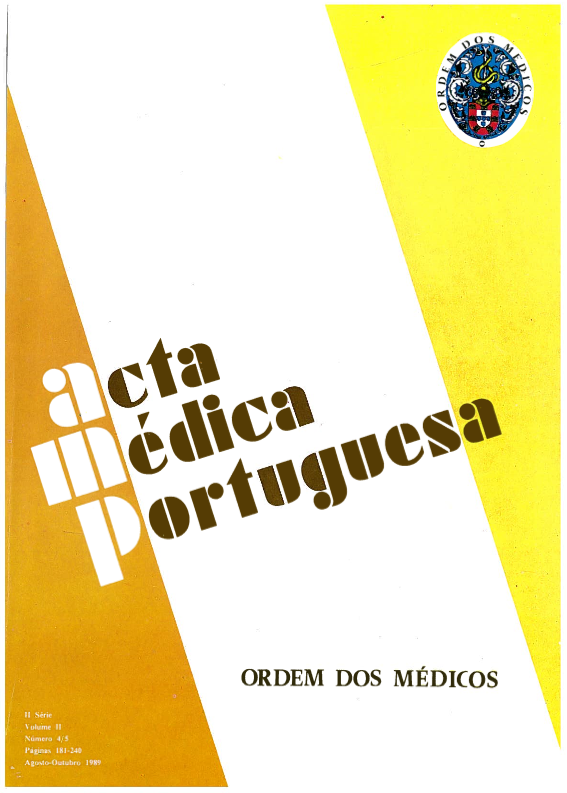Spirometric alterations caused by hemodialysis. Their relation to changes in the parameters commonly used to measure hemodialysis efficiency.
DOI:
https://doi.org/10.20344/amp.3486Abstract
The Forced Expiratory Volume in the 1st second (FEV1) and the Forced Vital Capacity (FVC) was determined before and after a hemodialysis (HD), in 61 patients suffering from chronic renal failure (CRF). Before and after the same HD the value of the following parameters were determined: Na; K; Cl; Urea; Creatinine, Ca; P and hematocrit. We found the following values: initial FEV1 91.68%, final FEV1 100.35%, (P less than 0.001); initial FVC 87.4%, final FVC 95.87% (P less than 0.001). The 61 patients were separated in two sub-groups. In the first the FEV1 variation less than or equal to 8%, while in the second it was greater than 8%. The mean variation of the other parameters was determined in both sub-group. No significant difference was found between them. On the other hand a significant correlation was found (r = 0.06, P less than 0.03) between the improvement of pulmonary function and the ponderal loss. The correction of the hydrosaline overload seems to be an important factor in the reported spirometric improvement.Downloads
Downloads
How to Cite
Issue
Section
License
All the articles published in the AMP are open access and comply with the requirements of funding agencies or academic institutions. The AMP is governed by the terms of the Creative Commons ‘Attribution – Non-Commercial Use - (CC-BY-NC)’ license, regarding the use by third parties.
It is the author’s responsibility to obtain approval for the reproduction of figures, tables, etc. from other publications.
Upon acceptance of an article for publication, the authors will be asked to complete the ICMJE “Copyright Liability and Copyright Sharing Statement “(http://www.actamedicaportuguesa.com/info/AMP-NormasPublicacao.pdf) and the “Declaration of Potential Conflicts of Interest” (http:// www.icmje.org/conflicts-of-interest). An e-mail will be sent to the corresponding author to acknowledge receipt of the manuscript.
After publication, the authors are authorised to make their articles available in repositories of their institutions of origin, as long as they always mention where they were published and according to the Creative Commons license.









